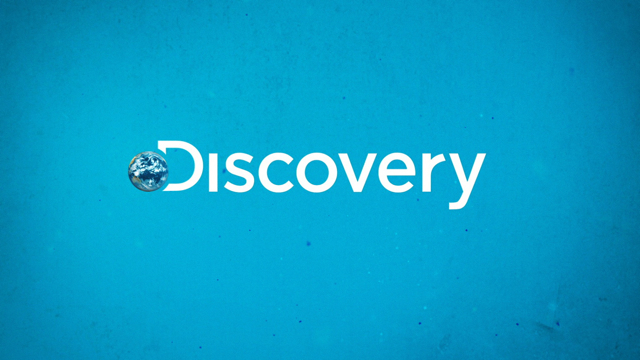Discovery Moves TV and Business Systems Into AWS Cloud
June 23, 2017
By the end of 2017, Discovery Communications will have shifted the processing of all its U.S. TV programs and 80 percent of its business systems from its own data centers to the public cloud. Last week, the company distributed Discovery Life and Destination America, among the smallest of its 13 U.S. channels, via Amazon Web Services. By doing so, Discovery is moving away from its reliance on pricey satellite networks and enabling more flexible programming, says the company chief technology officer John Honeycutt.
The Wall Street Journal reports that “processing” of the TV programming means “preparing programs for local viewers,” which comprises “assembling feeds of spoken language, such as English or Spanish, as well as advertising, promotions, and graphics.”
Honeycutt’s team did an analysis in 2015 that showed moving to the cloud “made financial sense,” in part because the company’s use of its own data center servers varied in any given month, with higher usage at the beginning of a month or quarter but an average of 30 percent capacity during the rest of the time.
“Now we do not have to carry the burden of capital expenditures and depreciation of equipment,” said Honeycutt.
Another way the company will save money, he adds, is by reducing “personnel and travel costs for some live events by, in some cases, operating cameras and audio equipment remotely and directing the devices to send content to a central processing facility run on AWS.” Time Warner’s Turner Broadcasting, for example, “combined video, text and graphics from satellite and web streaming platforms to provide the NCAA Tournament this year to 15 kinds of devices.”
With AWS, Discovery can bypass the satellites, processing content in the cloud and send it to cable companies, websites or stream directly to consumers. Honeycutt reports that, because “the hundreds of small cable operators do not have network bandwidth to support seamless communications with Amazon’s or other providers’ clouds,” satellites will still be in use for some times. Bigger distributors, such as Comcast and Verizon do have the needed bandwidth.
Discovery used AWS for a few years, to host digital content, and, prior to testing it for Discovery Life and Destination America, ran a shadow feed in parallel with the traditional broadcast for a month. When the handover happened, “it was a nonevent,” said Honeycutt, who added that AWS’s “experience with the requirements of video providers” was an important reason for choosing it.
“They understand the demands of heavy asset streaming,” he said.


No Comments Yet
You can be the first to comment!
Sorry, comments for this entry are closed at this time.